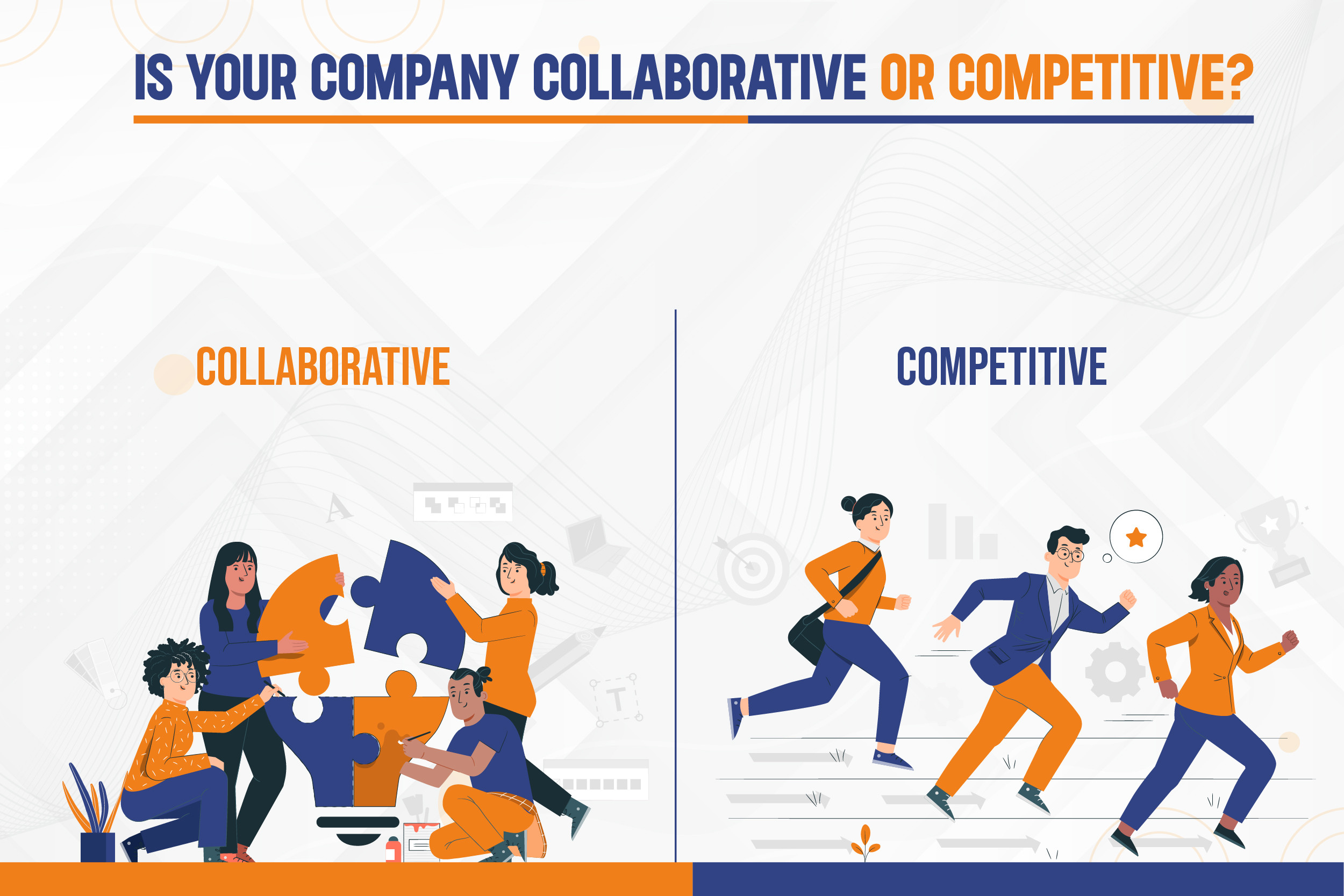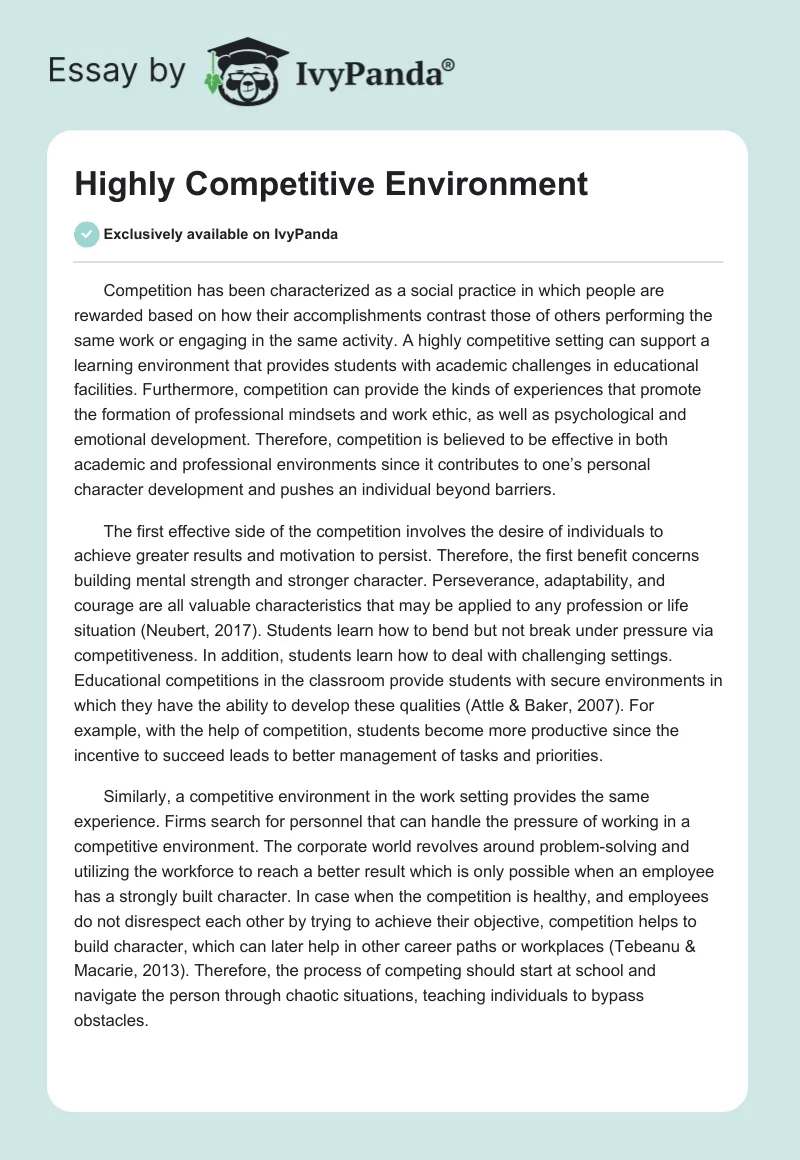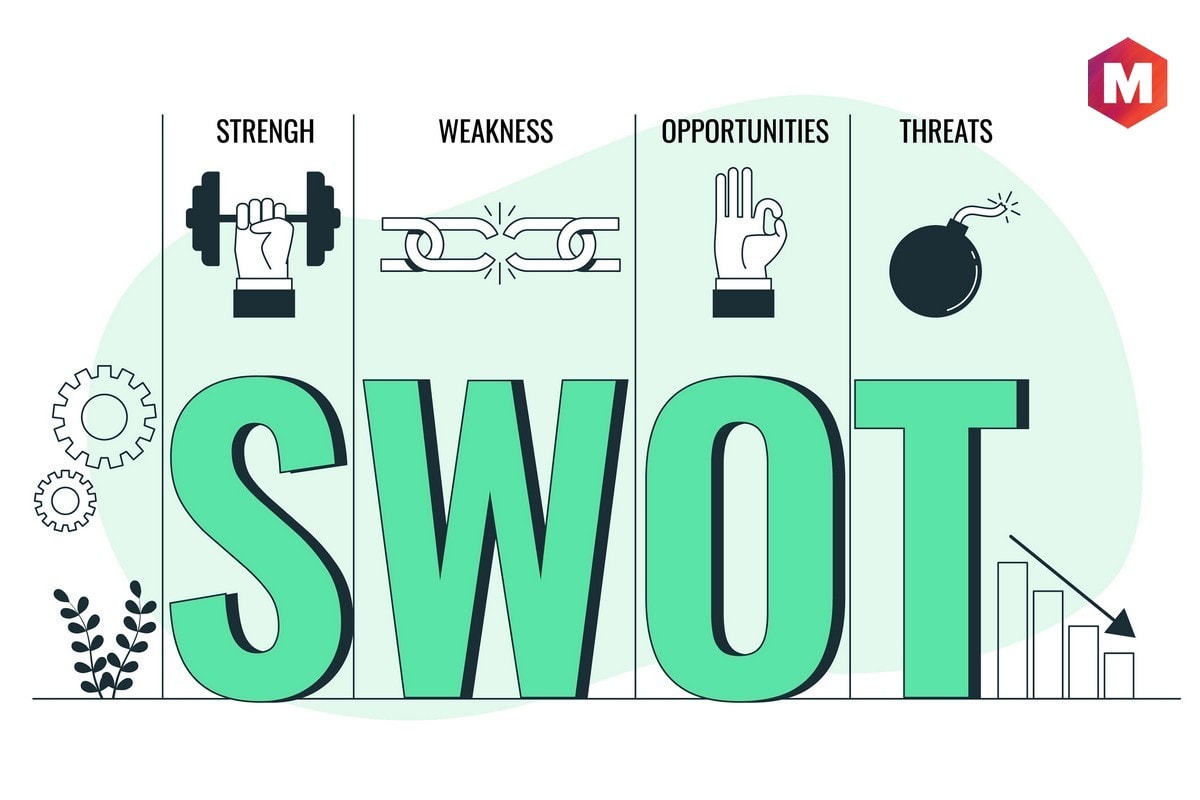Competitive Work Environment Examples

Reports are surfacing of increasingly aggressive and potentially detrimental competitive practices across various industries. These environments, while often touted for driving innovation, are raising concerns about employee well-being and long-term sustainability.
This article examines specific examples of intensely competitive work environments, highlighting the methods employed and the impact on individuals and organizations. We'll explore cases across finance, tech, and sales sectors, drawing on anecdotal evidence and publicly available data to paint a clear picture of this growing trend.
Finance: The High-Stakes World of Investment Banking
Investment banking is notorious for its cutthroat culture.
Analysts and associates often face extreme pressure to outperform their peers, leading to long hours and intense scrutiny.
Examples include mandatory stack ranking systems where employees are pitted against each other, fostering a climate of constant competition for limited promotions and bonuses.
Case Study: Goldman Sachs's "Survival of the Fittest"
Goldman Sachs, while a leader in the industry, has faced criticism for its demanding work environment.
Reports of 100-hour workweeks and relentless performance evaluations are common. This environment, while attracting top talent, can lead to burnout and high turnover rates.
“The pressure to succeed is immense, and it's a constant battle to prove your worth,” said a former Goldman Sachs analyst in an anonymous interview.
Tech: Innovation at a Price in Silicon Valley
The tech industry, particularly in Silicon Valley, is known for its rapid innovation and fierce competition.
However, this often translates into a hyper-competitive work environment where employees are expected to constantly push boundaries and outperform rivals.
This pressure is fueled by the constant threat of disruption and the need to stay ahead of the curve.
Example: Amazon's Performance Improvement Plans (PIPs)
Amazon has been under scrutiny for its use of Performance Improvement Plans, which are perceived by some as a way to weed out underperforming employees.
Employees on PIPs often face intense pressure to meet unrealistic goals within a short timeframe. The fear of being fired looms large, creating a highly stressful work environment.
Critics argue that this system prioritizes short-term results over employee well-being and long-term growth.
Sales: The Hunger Games of Target Achievement
Sales environments are inherently competitive, but some companies take it to the extreme.
High-pressure sales tactics, aggressive target quotas, and constant monitoring of performance can create a toxic atmosphere.
This is especially prevalent in industries with high commission structures and limited job security.
Case Study: Boiler Room Sales Tactics
The term "boiler room" refers to high-pressure sales environments where employees are pushed to make a high volume of cold calls and close deals at any cost.
These environments often employ aggressive sales tactics and reward employees based solely on their sales performance, regardless of ethical considerations. Morale is usually low.
Companies that utilize these strategies often experience high employee turnover and face legal challenges due to unethical sales practices. This is something to avoid at all costs!
The Impact and What's Next
The consequences of intensely competitive work environments are far-reaching.
Burnout, stress, anxiety, and decreased job satisfaction are common outcomes.
Moving forward, there is a growing need for organizations to prioritize employee well-being and foster a healthier work culture. Further investigation into the ethical implications of these practices is crucial.
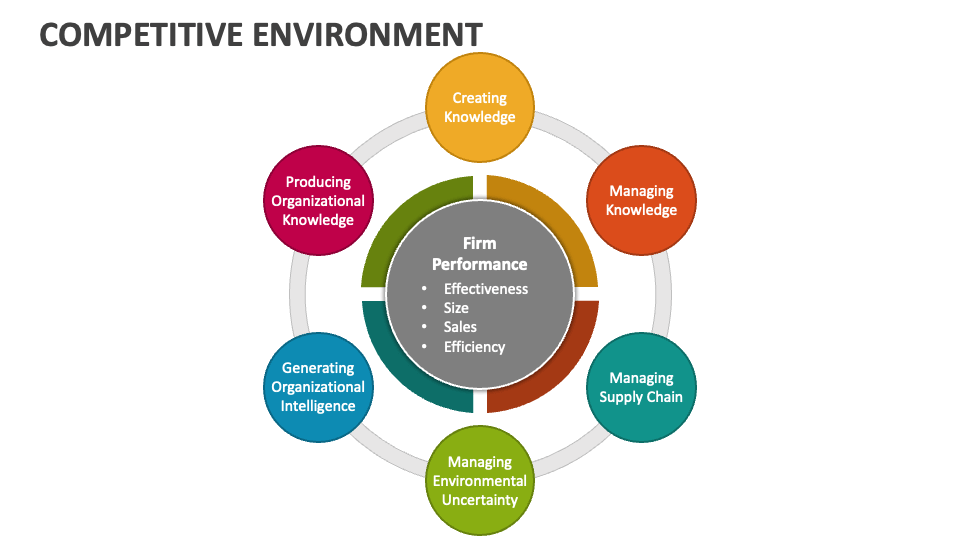



:max_bytes(150000):strip_icc()/what-is-competitive-advantage-3-strategies-that-work-3305828_FINAL-5b87022bc9e77c002524e634.png?ssl=1)

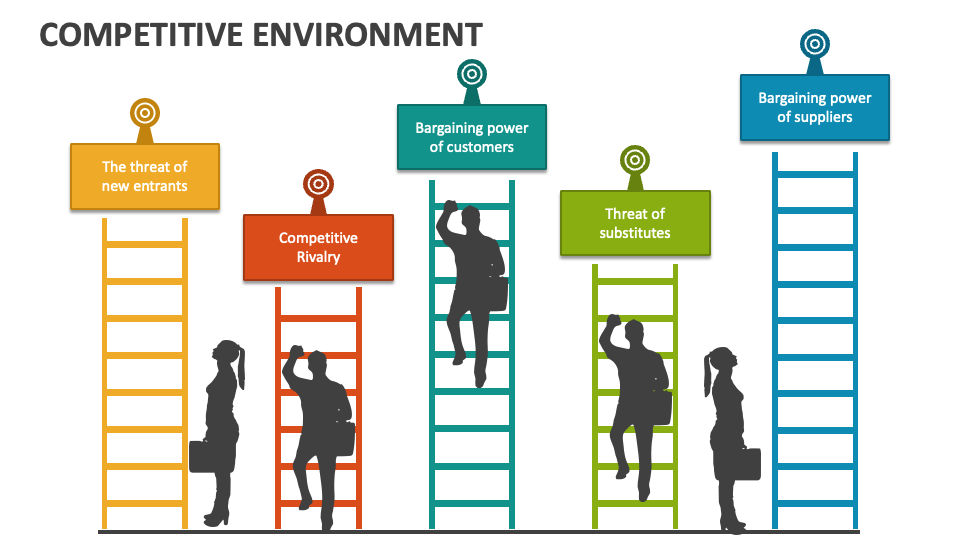




![Competitive Work Environment Examples Competitive Environment-Size Matrix [Free download]](https://static.appfluence.com/images/competitive-environment-size-matrix.png)


